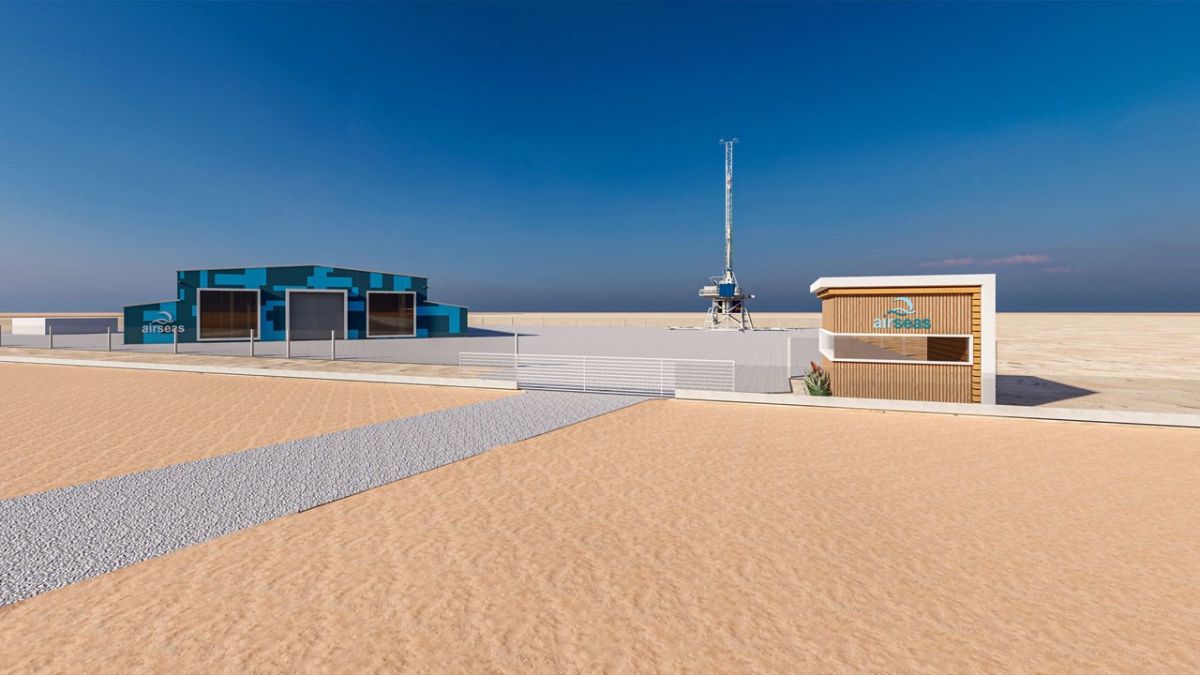Press Release: Key industry experts, prospective clients in the shipping, commodities and petrochemical sectors together with UK government officials attended the Mitchell – Wolfson Unit Wind Tunnel at the University of Southampton to view the testing of the most recent Windship Technology model in February 2020. The wind tunnel test findings further validated the results of the latest Windship Technology CFD testing.
The patented UK designed Windship rig system is consistently regarded as the most powerful fuel and emission saving wind system in the market, which will materially help the shipping industry closer towards achieving its 50% reduction in emissions by 2050, as required by the IMO. That organisation has recently acknowledged wind propulsion as one of the solutions for the shipping industry to meet decarbonisation targets, as outlined in the MEPC_C75_Inf26.

The solution, known as the Windship Auxiliary Sail Propulsion System (WASPS), uses fixed wing sail technology, whereby three 35-metre high masts installed on the deck of a vessel will each have three aerodynamic wings fitted (pictured) to exploit the power of the wind. The system allows reductions in engine power to be made in order to achieve the same speed and so maximise fuel saving and emissions reduction.
Without significant mitigating action it is projected that the global shipping industry could account for almost a fifth of carbon emissions by 2050. Windship’s solution will be able to save a minimum of 30% of the CO2 emissions annually.
The Windship system combined with reduced engine revolutions and other ship optimisation could save up to 80% of fuel and emissions. This aspirational approach will bring closer possibility of a Carbon Neutral ship well in advance of 2050.
Simon Rogers, Technical Director said, “We are delighted with the results of the wind tunnel testing and they further illustrate how we will help the shipping industry to make a significant reduction in CO2 emissions. We are in discussions with potential development partners to build and install the prototype system.”

































